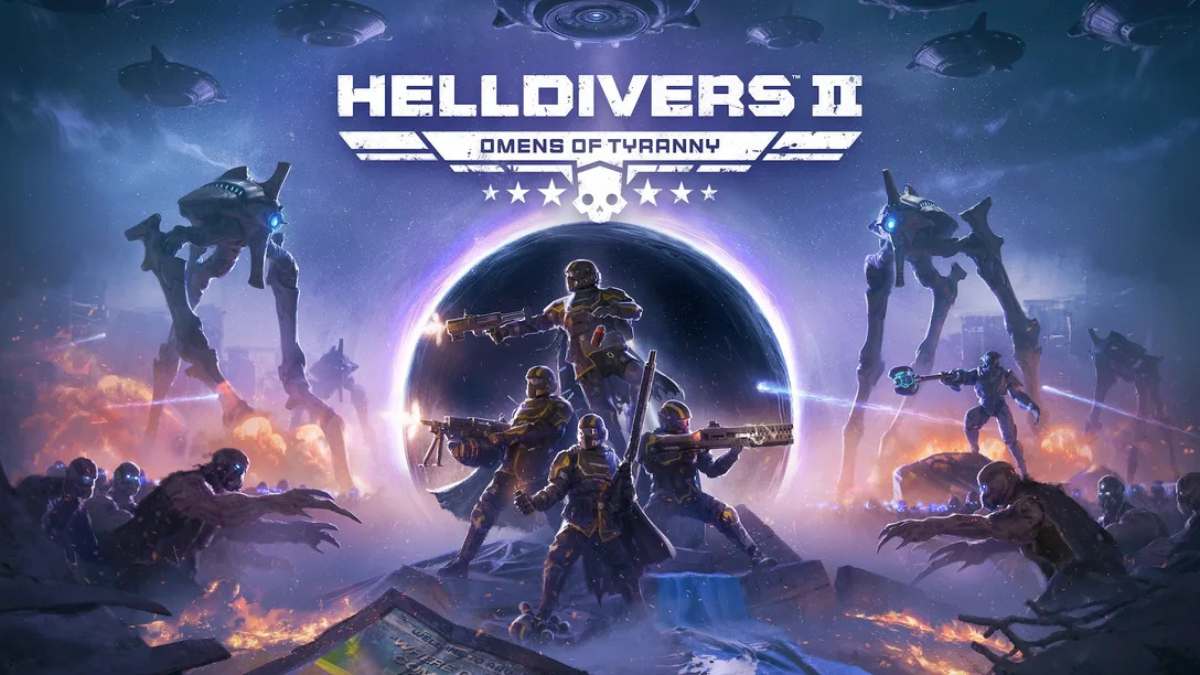
I have spent the better part of the last week focused solely on King Arthur II: The Role-Playing Wargame. I’ve butchered towns, forged alliances, immediately broken those same alliances, fought dragons and beat the tar out of wizards. I’ve had a narrator dictate stories of my success, and even sat down to wine with a witch. I became totally engrossed in fantasy land, and now that I’ve emerged on the other side, I have absolutely no idea what to think about it.
The story for King Arthur II is compelling. The once and future King Arthur has been gravely injured with a wound that will not heal when the Holy Grail shattered. To add on to the matter, the Knights of the Round Table have split across Britannia and faithful wizard Merlin is nowhere to be found. You play the role of Arthur’s son, William Pendragon, as you look to heal the land and your father by regaining the shards of the Grail scattered across the map.
The gameplay itself is a mix of your standard role-playing game, with real-time strategy battles that seem straight out of the Total War series and choose-your-adventure books. While the game itself will be instantly familiar to anyone with a passing interest in the genre, Neocore Games made a few design choices in order to stand out from the pack with a varying level of success.
Perhaps the most curious change for me was the complete lack of macro resource management. In the first King Arthur, players were required to raise gold and food through taxes in order to fund their armies. This time around each distinct province has a selection of upgrades to choose from that benefit the player. Cities can be made to focus on a certain type of unit, caves can unlock unique units and stone circles can unlock the ability to fast travel across the map. However, let’s not mistake these upgrades as a stand in for some sort of grand strategy game. While +5% damage to archer damage may stack up after you’ve conquered enough, the actual implementation is more of a hurdle in building your grand army as opposed to a welcome supplement.

Gold is still necessary to recruit units and to heal them back to full strength as well as to pay for upgrades. Without proper planning, it can also become fairly sparse. The only way to earn gold is either through battle or one of the many text based quests.
The research tree has been simplified down to its core, but still manages to feel cumbersome at times. Each turn in game lasts one season, and research and upgrades can only be accomplished during winter. While there are noticeable effects of your upgrades, I found myself at the helm of a nigh-unstoppable force fairly early in the game and didn’t have the need to look into any more upgrades. You do eventually get a chance to command three different armies. By that time, my main army was able to take on any battle without suffering a single loss.
The major flaw with King Arthur II is without a doubt its linearity. More often than not, I felt my army was being shepherded from battle to battle. With a genre so ripe with games that encourage freedom, this really stuck out to me. Many times objectives are held by armies that are considered “impossible”, but only until you have completed the prerequisite quests. Your troops are upgraded based on the “military advancement” tech tree which the user has zero control over. Once you’ve completed an adequate amount of quests, your troops are automatically upgraded to a more powerful class and the “impossible” armies fall quickly to “average” or below.
These invisible walls became even more apparent near the end of chapters. Often, you’ll be tasked with destroying a set amount of targets, but without them being highlighted on the mini map, it’s easy to overlook them. Since there is no way to progress outside of the storyline, I found myself scouring the map for that single outpost or army I may have overlooked.
The battles themselves showed remarkable promise, but failed to live up to expectations. The enemy AI is lacking in several ways. On the harder difficulty levels, it will put up a formidable fight. However, on normal, it was tough to imagine losing battles as long as I implemented the basics. The game seems to take strategy heavily into account, and with just a few minutes of meddling around with troop position before the battle starts, standard medieval warfare tactics (archers behind the front line, flank with cavalry) seemed enough to dominate any situation.

As you progress through the game and unlock more powerful spells plus better artifacts, your heroes become outright offensively deadly. My version of William Pendragon was based around the art of magic, and by the end of the game, I was simply dropping meteor storms on anything that would get in my way. Unfortunately, this ended up working a bit too well. Many of my battles in the latter half of the game were less about tactics and unit selection and more about waiting for cool downs so I could decimate their forces with chain lightning again.
The battlefield is rendered gorgeously with the new engine, but it does take a bit of power from your rig to hold a decent frame rate. The ability to zoom in and see the individual soldiers duke it out never got old. Having your cavalry crash through a line of archers, sending bodies flying from the impact, is an absolute joy.
The text based quests were a welcome distraction, and quickly became the highlight of the game for me. While there is only a single narrator who would alter his tone to match whatever character he’s speaking for at the moment, it was incredibly charming in a bedtime story type of way. The stories told through these were fascinating, and the choices you made during them could have a fairly large influence on your performance in the battles or your morality.
The morality system itself falls just a bit flat. Your choices define your character as either a tyrant or a hero and align you with either Christianity or the old gods. As you progress in one direction or another, you’ll unlock some new abilities and, if you’re single minded enough, even some new units. Though, there’s never a true need for them. The morality system served me beautifully as part of the role-playing, but I don’t think it had a major influence on my actual gameplay.

When King Arthur II had launched, it was plagued with a myriad of glitches and bugs that could essentially render it unplayable. Neocore Games has issued several patches since launch, and while most of the issues are gone, there are some lingering bugs that you may run across. As minor as it may seem, the one that leapt out at me the most occurred during one of the text adventure quests. There was some discourse between the narration and the text itself. The text made it abundantly clear that I was holding a magical staff attempting to navigate my way through some ruins, but the narrator went on and on about how my magical sword glimmered in the moonlight. It did encourage a Pavlovian type response where I would mutter the word “staff” out loud every time I heard the narrator say the word sword. Normally, that wouldn’t be bad in of itself, but it did cause my brother to ask just what the hell I was doing.
These small bugs are a very good indicator of the game as a whole, I believe. King Arthur II seemed set to overcome its low budget to stand out as a great strategy game, but curious decision making by the developers forced it to fall just short. The streamlined campaign cripples the replay value and more often than not feels like an obstacle rather than a storytelling mechanism, but the text based adventures brought on hours of enjoyment of their own.
King Arthur II: The Role-Playing Wargame could have been a great game. However, we’re just going to have to settle for a “good” game. Gamers won’t necessarily be recalling King Arthur II as one of the classics ten years from now, but it’s tough to keep from going back for just one more turn.
This article is based on a copy of the game which we were provided for review purposes.





Published: Feb 13, 2012 07:57 pm